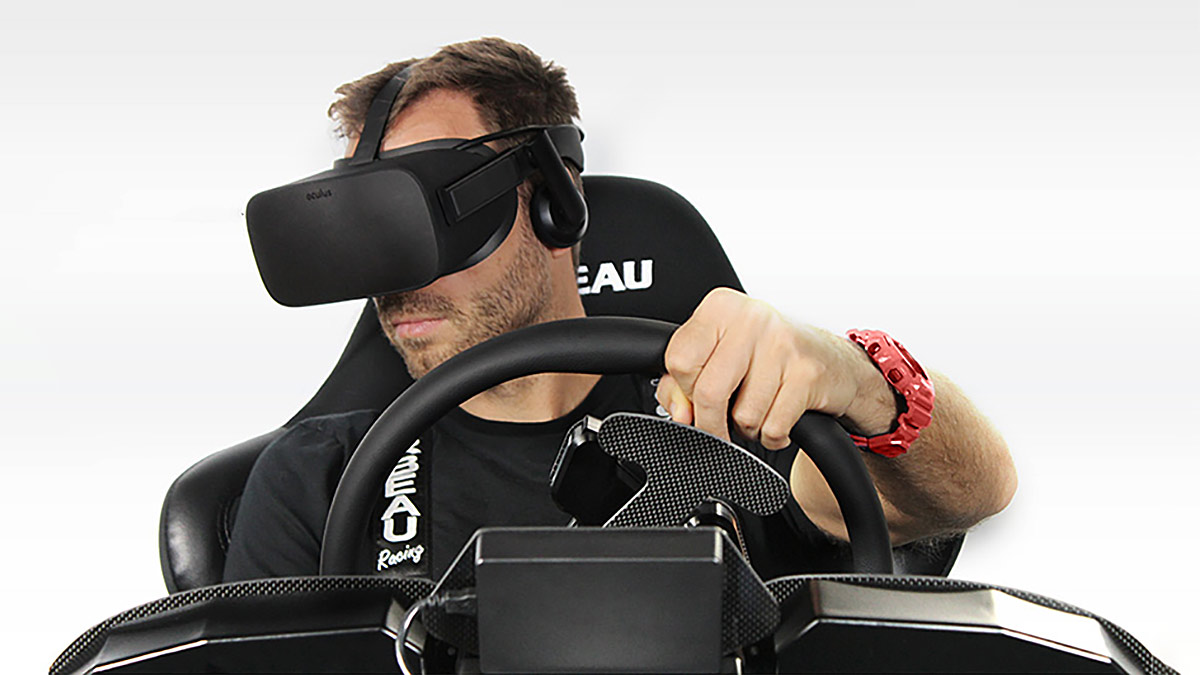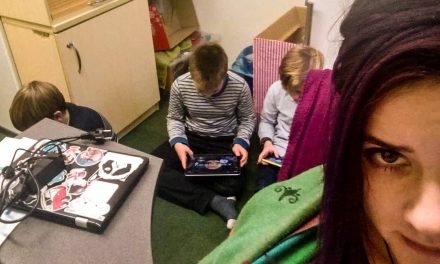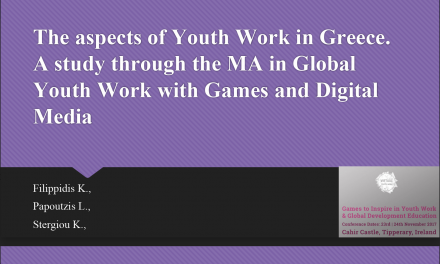Only a few years ago virtual reality devices were introduced into the massive tech market and almost spontaneously the main technology giants rushed to create their own and claim a piece of the profits of this new business. Although the hype for these gadgets remained at high levels for quite a long time since their announcement, sales haven’t been doing as well. Statista reports that for 2017 and the running 2018, the total sales for the VR headsets and components reached no more than 4.6 million worldwide with Sony winning the lion’s share of the market. Those numbers might not seem little to some but the truth is that they actually are for a type of device that has been available to the wide public since 2013, and especially when comparing them with the sales of other products such as smartphones, gaming consoles or even power banks and other accessories.
There are plenty of reasons for why VR hasn’t yet taken off in terms of popularity. First of all the manufacturers haven’t yet managed to considerably lower the prices. Although there have been some attempts to make VR more accessible, such as Google’s Cardboard where anyone can experience VR through their smartphone and a handmade headset made of carton, the feeling is not quite the same and people did not invest in it. People who are really interested in the device are waiting for an affordable offer, more elegant and slim and which in the same time doesn’t feel weird using it out in the public. However, though VR headsets struggle to become mainstream products in the eyes of the consumers, other more useful and complicated uses of the device are being developed fast and implemented successfully. In the recent years several educational and training projects have emerged that make great use of the VR devices. More specifically, several private companies like AT&T, Oculus, Samsung and others have collaborated with public institutions to develop software for the VR’s that would help raising the awareness of young people about safe driving.

The idea started with “Teen D.R.I.V.E” (Distracted Reality and Interactive Virtual Education), a Mass Memorial program funded by The Allstate Foundation. Since 2010 more than 5,000 young people have experienced a very realistic simulation of driving under different circumstances in a real vehicle that is equipped with big monitors, a sound system, steering wheels, gas and brake pedals and of course, seatbelts. The D.R.I.V.E. vehicle goes around the schools of Massachusetts where students get the opportunity to learn the basics of responsible driving in a safe environment. Since the launch of D.R.I.V.E. other initiatives started that would now include actual VR headsets with a 360° aspect ratio, offering a much more immersive and realistic experience to the user – student.
One of the most popular 360° videos of this kind, “#Impact”, was developed by Samsung Gear VR in partnership with Norfolk Fire and Rescue Service (NFRS). The user only has to put the goggles on to transfer herself in the passenger’s seat of a car full of young people. Suddenly the car crashes and the user experience the harsh and traumatic consequences of not driving carefully and concentrated enough. Just like many institutions around the world, Youth Work Ireland Tipperary has implemented #Impact as part of the organizations campaign for safe driving. The young people were really moved by the experience that #Impact provided, making the application one of the most significant tools that the organization has ever used before in the practices of youth work.
However this kind of software doesn’t target only students, but professionals as well. Amey, one of the biggest infrastructure support service providers in the UK, launched an application that is used in the training of the company’s 13,000 drivers. The application’s goal is to create a safer working environment for the drivers by raising their awareness of driver’s fatigue, one of the major causes of car accidents according to the British Government’s road safety strategy. The simulator offers, once again, a 360° experience which reenacts the conditions of late driving thus preparing the drivers for the risks that their night shifts on the highways might lurk.
The world of virtual reality is evolving fast. It might be a lucky thing that the product didn’t become mainstream at once, as this is something that gives time to the developers to think of other ways that such devices can be used. The ways of using VRs certainly don’t stop on raising the awareness for safe driving. There are already movements that consist of researchers, directors and independent developers who are creating content concerning the experience of actual war, a highly controversial subject that we will be covering shortly.
Writer: Akilas A. Mitkas





